1. Green Roofs That Turn Brown
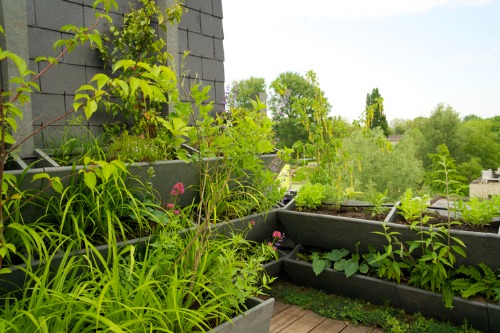
At first glance, rooftop gardens are a stunning symbol of sustainability — a slice of nature perched above the city. But keeping them lush takes constant irrigation, drainage monitoring, and costly waterproofing repairs. Once roots start breaching the membrane, leaks can become a recurring issue. And when those plants inevitably die off in harsh weather, you’re left with a patchy, brown mess instead of a verdant eco-paradise.
Many building owners discover too late that maintaining rooftop vegetation is closer to running a small farm than installing a design feature. Regular fertilizing, weeding, and soil replacement drive up maintenance costs. In humid climates, mold and rot can form underneath. The aesthetic payoff often fades faster than anyone planned.
2. Glass Curtain Walls
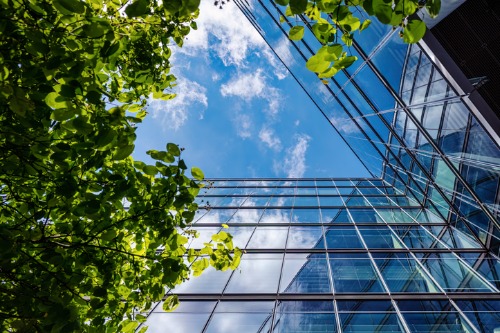
All-glass façades scream modern elegance and light, but they’re also magnets for grime, streaks, and heat gain. Cleaning them safely requires specialized crews dangling from the roof several times a year. Over time, sealant failure leads to condensation and foggy panels that are nearly impossible to fix without replacing sections entirely. What looks like sleek minimalism quickly becomes a logistical headache.
Beyond cleaning, energy efficiency becomes a nightmare too. Even with coatings, glass façades tend to overheat interiors, forcing HVAC systems to work overtime. This not only increases energy bills but also causes thermal stress on the structure itself. The result is a shimmering monument to inefficiency.
3. Exposed Concrete Surfaces
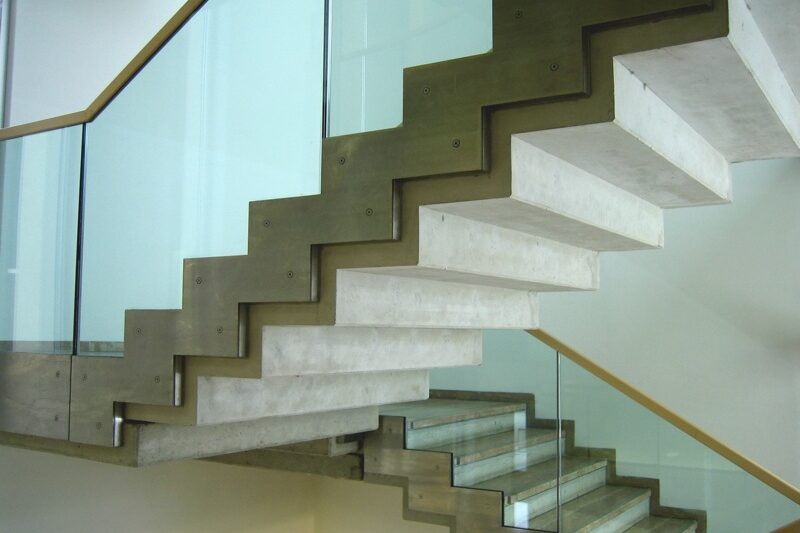
Raw concrete walls have a sculptural, Brutalist appeal, but they don’t age gracefully. They absorb moisture, crack, and stain easily, particularly in humid or coastal climates. Over time, efflorescence — that white, chalky residue — mars the surface and is tough to remove. Maintaining that cool, uniform gray look often means expensive sealing and patching.
And if you think skipping paint means saving on upkeep, think again. Uncoated concrete erodes faster and can even cause structural corrosion. Repairing spalling (when bits start flaking off) isn’t just unsightly, it’s costly. Many architects now quietly admit that the “honest material” approach ages less like fine wine and more like a neglected sidewalk.
4. Water Features and Reflecting Pools

A tranquil reflecting pool seems timeless and serene until you realize it’s basically an outdoor plumbing system. Algae blooms, pump failures, and water leaks are constant issues. The reflective surface only looks perfect when perfectly clean — which, outdoors, is almost never. And don’t forget the mosquitoes that treat stagnant water like a five-star resort.
In colder climates, winterizing these features adds another layer of cost and complexity. Freezing can crack tiles and burst pipes if not meticulously drained. Even a thin film of dust or debris ruins the mirror-like effect that made it so mesmerizing in the first place. Many owners end up draining them permanently after a few maintenance cycles.
5. Open-Air Atriums
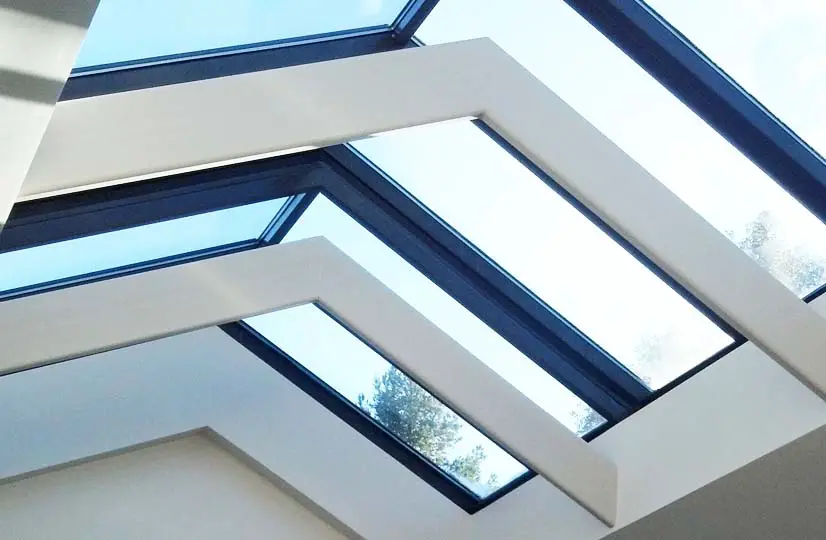
A soaring atrium brings in light and drama — and a surprising amount of temperature fluctuation. The large volume of air is difficult to heat or cool evenly, leading to persistent comfort complaints. Skylights can leak or fog up, and cleaning their upper reaches requires scaffolding or specialized lifts. Dust and debris collect in hard-to-reach ledges faster than anyone expects.
What feels grand at first quickly becomes a nightmare for facilities teams. Air circulation has to be carefully balanced to prevent condensation on glass panels. Lighting these spaces at night adds yet another energy burden. The effect is stunning — until the utility bills arrive.
6. Exterior Wood Cladding
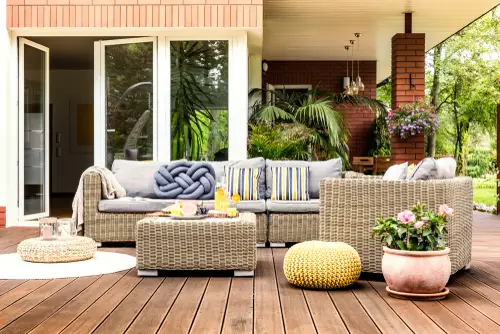
Nothing beats the warmth of natural timber cladding, but it starts aging the minute it’s installed. Sun, rain, and pollution turn it gray and patchy in a matter of months. To preserve the original tone, it needs regular staining or oiling, often multiple times per year. Skip a season, and the UV damage is obvious.
Even treated woods aren’t immune to warping or rot, especially in humid climates. Termites and mildew find plenty to love in unsealed joints. Once the boards start cupping or splitting, replacement is the only fix. For all its organic beauty, maintaining exterior wood is more of a lifestyle choice than a design decision.
7. Metal Cladding and Sculptural Facades
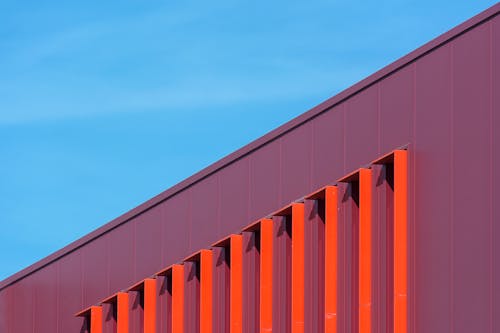
Architects love the futuristic sheen of metal façades, but oxidation and streaking are constant enemies. Stainless steel and aluminum panels can discolor or warp if the wrong fasteners or coatings are used. Acid rain leaves stains that even professional cleaning can’t always erase. What looks sleek on opening day may look blotchy and dull within a year.
Complex panel geometries make maintenance even harder. Every seam is a potential leak path, and re-coating irregular surfaces costs a fortune. Thermal expansion can cause visible buckling or rattling noises in hot weather. That sculptural masterpiece can turn into a noisy, high-maintenance riddle.
8. Indoor Living Walls
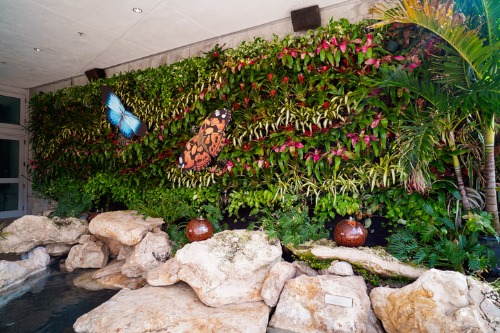
Vertical gardens make for Instagram-worthy lobbies and restaurants, but they’re notoriously fickle. They require automated irrigation, humidity control, and constant pruning. Miss a week of care, and entire sections can wither or mold. Replacing plants in awkward vertical grids is both time-consuming and expensive.
The irrigation systems themselves often cause leaks or water damage to adjacent walls. Drainage basins can overflow, creating slipping hazards below. Lighting systems for plant health drive up energy use. Over time, many “green walls” quietly get replaced by artificial versions that at least stay green year-round.
9. Cantilevered Structures
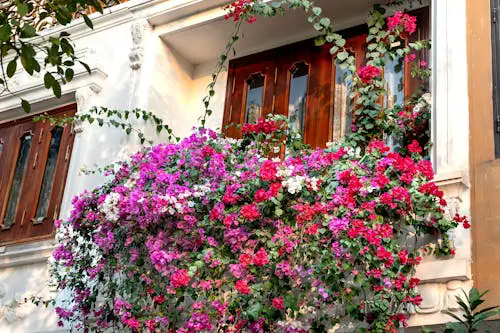
Floating balconies and overhanging volumes make for breathtaking silhouettes — until gravity and weather start having their say. Water tends to pool on horizontal surfaces, seeping into joints and causing corrosion. Structural movement from temperature changes can crack finishes or cause leaks where the cantilever meets the building. Inspecting or repairing them requires complex scaffolding or lifts.
From a maintenance perspective, every dramatic overhang is a potential stress point. Thermal bridging — where heat or cold transfers through the slab — can create condensation and mold inside. Snow or ice buildup makes the issue worse. That visual defiance of gravity comes at a heavy cost in upkeep.
10. Concrete Roof Decks
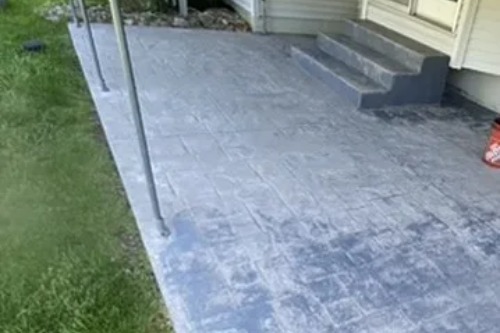
Rooftop terraces over living spaces sound idyllic until waterproofing starts to fail. Concrete is porous, so even microcracks let in water that seeps into insulation or ceilings below. Freeze-thaw cycles amplify the problem, leading to spalling and leaks. Once damage sets in, repairs often mean tearing up the entire deck.
Designers sometimes skip proper drainage slopes for a clean look, which makes ponding water inevitable. Standing water accelerates deterioration and encourages mold growth. Even with sealers, UV exposure degrades coatings faster than expected. That sleek outdoor oasis quickly becomes an ongoing repair project.
11. Complex Geometries and Non-Standard Shapes
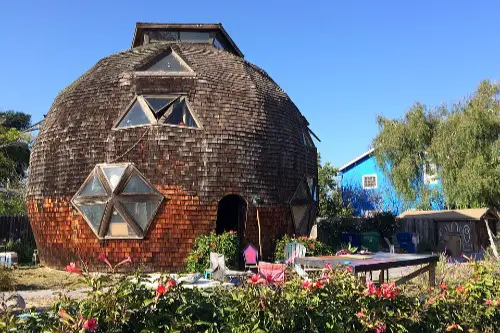
Free-form architecture dazzles with curves, folds, and swoops — and punishes anyone tasked with maintaining it. Non-standard panels or glazing mean every replacement piece must be custom-made. Cleaning irregular surfaces requires specialized rigs or drones, neither of which are cheap. Even basic repairs turn into bespoke engineering challenges.
These shapes often create hidden pockets where dirt, water, or snow accumulate. That trapped moisture leads to corrosion or leaks over time. Sensors, drainage, and lighting systems are harder to access, too. The more unique the shape, the less practical it is for real-world upkeep.
12. Black or Dark-Colored Exteriors
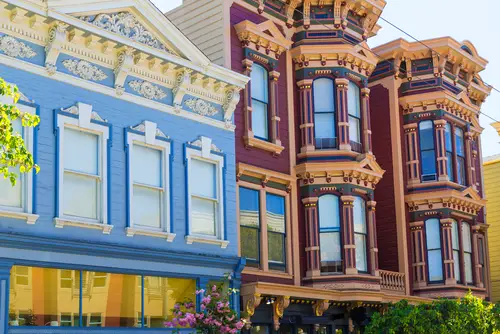
Dark façades look bold and modern but absorb massive amounts of heat. This leads to faster paint fading, cracking, and warping of cladding materials. The extra heat also stresses insulation and increases cooling loads inside. On sunny days, surface temperatures can exceed 160°F — not great for materials or maintenance crews.
Even minor scuffs or dust show up immediately on dark finishes, forcing frequent cleaning. Paint touch-ups rarely match perfectly, so blemishes stand out. Over time, the sleek black look starts to appear chalky or streaked. It’s a classic case of “looks amazing in renderings, less so in reality.”
This post 12 “Architectural Statements” That Turn Out to Be Maintenance Nightmares was first published on Greenhouse Black.
